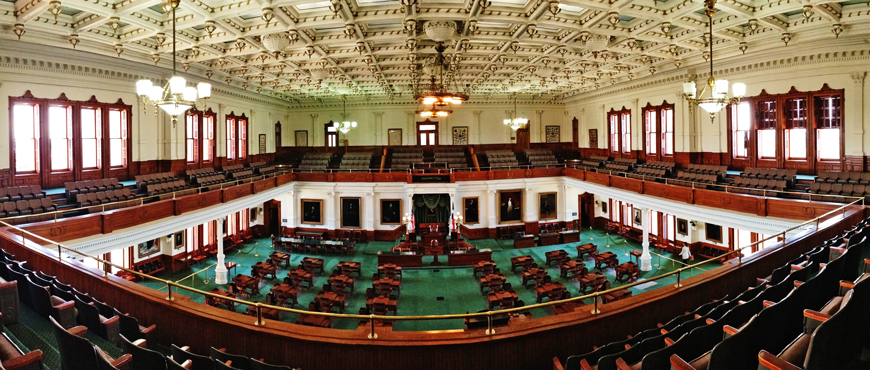Long-Term Obligations and the Texas Legacy Fund
An examination of growing state obligations
— and ways to mitigate their effect on state finances.
Published October 2018

When the Texas Legislature convenes in January 2019, it will be in familiar territory: grappling with tight fiscal constraints on the state’s budget.
Lawmakers will face a shortfall in the current two-year budget, which covers services through Aug. 31, 2019. Estimated at about $4 billion, the budget gap includes Medicaid expenses of more than $2 billion and costs from Hurricane Harvey that could total as much as $1 billion or more. In addition to reconciling this shortfall, the Legislature must craft a working budget for the next two fiscal years, in answer to literally thousands of competing demands for funding.
Beyond the immediate fiscal challenges, however, Texas faces long-term financial obligations in key areas that include state employee pensions, health care benefits for retired teachers, the state’s prepaid tuition plan and deferred maintenance for state-owned buildings. These obligations, too often forgotten in the daily concessions and compromises of the budget process, are growing year by year. If they’re not addressed, Texas will face larger program expenses in the future — and may face a credit downgrade that could drive up the state’s borrowing costs.
Texas currently enjoys the highest ratings provided by the major credit agencies, but two of them, Moody’s and Standard & Poor’s, have pointed to the state’s persistent underfunding of state employee pensions as a major concern.1 Seven states have suffered downgrades due to pension system shortfalls.
Texas’ expanding economy — the state added 394,500 jobs in the year ending in August 2018, and is enjoying historically low unemployment — has yielded some additional funds to help plug budget gaps. In July, Texas Comptroller Glenn Hegar increased his estimate of unappropriated revenue available for the current biennium by nearly $2.7 billion, thanks to higher-than-anticipated state tax collections. In particular, oil production tax collections rose by nearly 57 percent through July compared to last year; natural gas production tax collections rose by 45 percent. Collections for the sales tax, the most important state tax, were up 10 percent.
The strong economy provides another reason for the state to address its long-term financial obligations while it can. If the economy slows down or energy prices decline — and both will, eventually — lawmakers will have even fewer resources to deal with these challenges.
Comptroller Hegar presented an initial report on the causes, costs and consequences of the state’s long-term obligations for the 85th Legislature that convened in 2017. He also described a proposal to help meet these costs by investing the state’s savings more strategically, an idea now called the Texas Legacy Fund.
This update to that report presents the latest data available and discusses noteworthy legal changes and policy options for addressing our key long-term obligations. While they differ in size, scope and urgency, their consequences are similar: The longer the state waits to address them, the greater their ultimate costs will be.
Note: This report contains estimates and projections that are based on available information, assumptions and estimates as of the date of the forecasts upon which they are based. Assumptions involve judgments about future economic and market conditions and events that are difficult to predict. Actual results could differ from those predicted, and the difference could be material.

